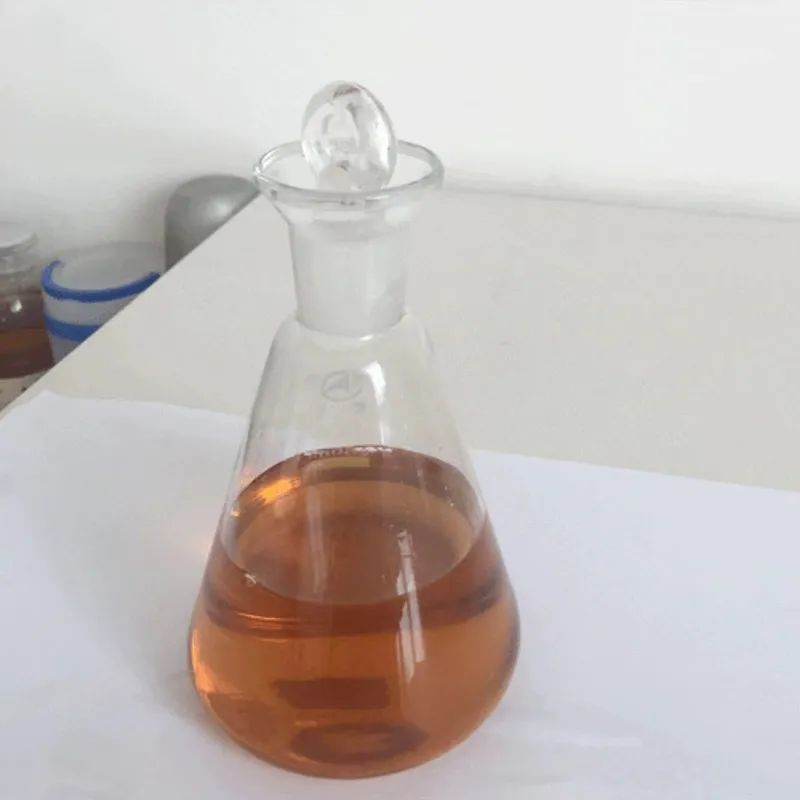
Exploring the Effects and Uses of E410 Food Additive in Modern Cuisine
Understanding E410 A Comprehensive Look at Food Additive
Food additives play a crucial role in modern food production by enhancing flavors, improving textures, and prolonging shelf life. Among these additives, E410, primarily known as carob bean gum or locust bean gum, has gained significant attention. Derived from the seeds of the carob tree (Ceratonia siliqua), this additive is widely used in the food industry for its unique thickening and gelling properties.
What is E410?
E410 is classified as a thickening agent, stabilizer, and gelling agent. It is derived from the seeds of the carob tree, found primarily in Mediterranean regions. The seeds are processed to extract gum, which consists mainly of galactomannans, a type of polysaccharide. This compound is characterized by its ability to form a gel-like consistency when mixed with water, making it an invaluable ingredient in a variety of food products.
Uses of E410 in Food Products
E410 is utilized in a diverse range of food applications. Common uses include
1. Dairy Products Carob bean gum aids in stabilizing and thickening dairy products such as ice cream, yogurt, and cheese. It enhances the creaminess and prevents the formation of ice crystals, thereby maintaining a smooth texture.
2. Confectionery In candies and desserts, E410 is employed to improve mouthfeel and maintain moisture levels. It helps achieve the desired consistency in gummy candies and chewy products.
3. Baked Goods E410 can support the structure of baked goods while retaining moisture, prolonging the freshness of items such as cakes, pastries, and bread.
4. Sauces and Dressings The additive acts as a stabilizer in sauces and salad dressings, preventing separation and ensuring a uniform texture.
e410 food additive

Safety and Regulatory Status
E410 is generally recognized as safe (GRAS) when used in food products. Regulatory authorities, including the European Food Safety Authority (EFSA) and the U.S. Food and Drug Administration (FDA), have evaluated its safety profile and established acceptable daily intake levels. The additive is absorbed minimally in the human digestive tract, making it unlikely to cause adverse health effects when consumed in typical amounts found in food.
However, some individuals may experience sensitivities or allergic reactions to carob bean gum, although such cases are relatively rare. Generally, it is considered safe for most consumers, including those on gluten-free diets, as it is naturally gluten-free.
Benefits of E410
1. Natural Source As a plant-derived ingredient, E410 appeals to consumers seeking natural and clean label products. It serves as an alternative to synthetic additives, aligning with the growing demand for healthier food choices.
2. Texture Enhancement E410 significantly improves the texture of various food products, making them more enjoyable to consume. Its gelling properties allow manufacturers to create mouthfeel variations that enhance product appeal.
3. Stability The stabilizing properties of E410 help maintain the quality and consistency of food products, ensuring they remain commercially viable over longer periods without compromising on taste or texture.
Conclusion
E410, or carob bean gum, is a versatile food additive that plays an essential role in improving the texture, stability, and overall quality of many food products. As consumers become more health-conscious and interested in natural ingredients, E410 stands out as a desirable thickening and gelling agent in the food industry. Its safety, functionality, and effectiveness make it a valuable tool for food manufacturers, contributing to the creation of high-quality products that satisfy consumer preferences. As we move towards a future that increasingly embraces transparency in food production, E410 remains a noteworthy example of how natural ingredients can enhance our culinary experiences.
-
Understanding Synthetic Rubber OptionsNewsApr.27,2025
-
Trichloroisocyanuric Acid: Essential for Clean and Safe WaterNewsApr.27,2025
-
Sodium Dichloroisocyanurate: Key to Safe Water TreatmentNewsApr.27,2025
-
Sodium Acid Pyrophosphate: Essential in Modern Food ProcessingNewsApr.27,2025
-
Essential Water Treatment ChemicalsNewsApr.27,2025
-
Denatured Alcohol and Its Industrial UsesNewsApr.27,2025
-
The Versatile Uses of Sodium BicarbonateNewsApr.24,2025
Hebei Tenger Chemical Technology Co., Ltd. focuses on the chemical industry and is committed to the export service of chemical raw materials.
-

view more DiethanolisopropanolamineIn the ever-growing field of chemical solutions, diethanolisopropanolamine (DEIPA) stands out as a versatile and important compound. Due to its unique chemical structure and properties, DEIPA is of interest to various industries including construction, personal care, and agriculture. -

view more TriisopropanolamineTriisopropanolamine (TIPA) alkanol amine substance, is a kind of alcohol amine compound with amino and alcohol hydroxyl, and because of its molecules contains both amino and hydroxyl. -

view more Tetramethyl Thiuram DisulfideTetramethyl thiuram disulfide, also known as TMTD, is a white to light-yellow powder with a distinct sulfur-like odor. It is soluble in organic solvents such as benzene, acetone, and ethyl acetate, making it highly versatile for use in different formulations. TMTD is known for its excellent vulcanization acceleration properties, which makes it a key ingredient in the production of rubber products. Additionally, it acts as an effective fungicide and bactericide, making it valuable in agricultural applications. Its high purity and stability ensure consistent performance, making it a preferred choice for manufacturers across various industries.











